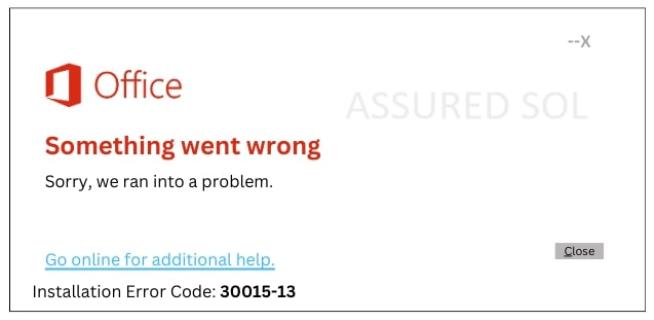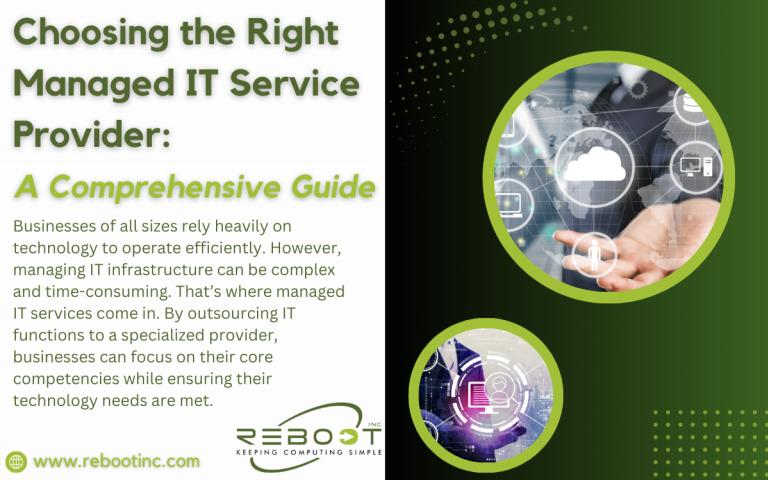Understanding your audience is very important; knowing who your readers are, what they care about, and the problems they face allows you to create content that resonates with them. Start by identifying your target audience and creating detailed buyer personas. These personas should include information such as age, occupation, challenges, and goals. Engage with your audience directly through surveys, social media polls, and feedback forms to gather insights on the topics they are interested in. This foundational step ensures that your content is relevant and valuable.
Choosing the right topics is another essential element. Focus on solving common issues or challenges your audience faces and providing insights on industry trends. Address frequently asked questions from your customers and highlight real-life examples of how your products or services have benefited others through case studies and success stories. By consistently offering valuable information, you establish your blog as a reliable resource.
Crafting compelling headlines is vital since they are the first thing readers see. Your headlines should be clear and specific, using strong, action-oriented words that evoke emotion or curiosity. Asking questions or including numbers can make your headlines more enticing. For example, "10 Ways to Improve Your Website’s SEO" promises specific, actionable insights, which are appealing to readers.
Once you have their attention, your introduction needs to hook the reader and encourage them to continue. Starting with a story, presenting a problem, or sharing an interesting statistic can be effective strategies. For instance, beginning with a relevant anecdote or highlighting a common problem can draw readers in and make them eager to read more.
The body of your blog post should deliver on the promise made in your headline and introduction. Provide detailed information and actionable steps that readers can implement. Breaking up text with subheadings and bullet points makes it easier to read, while incorporating visuals like images, infographics, and videos can enhance engagement. Maintaining a conversational tone and avoiding jargon helps keep your content accessible and relatable.

Optimizing your content for search engines is also crucial. Use relevant keywords naturally throughout your post, including in the title, headings, and body text. Write compelling meta descriptions and use internal and external links to improve search engine indexing. Adding descriptive alt text to all images further enhances your SEO efforts.
Promotion is key to maximizing the reach of your content. Share your posts on social media platforms such as Facebook, Twitter, LinkedIn, and Instagram. Include links to your blog posts in your email newsletters and collaborate with industry influencers who can share your content with their followers. Writing guest posts for other blogs in your industry and linking back to your site can also help attract a wider audience.
Encouraging engagement with your blog is essential. Ending your posts with questions can prompt comments and discussions, and actively responding to comments shows that you value your readers’ input. Including social sharing buttons makes it easy for readers to share your content on social media, increasing its reach and impact.
Creating engaging content for your business website blog involves understanding your audience, choosing relevant topics, crafting compelling headlines and introductions, producing high-quality content, optimizing for SEO, promoting your posts, and encouraging engagement. By following these steps, you can create a blog that not only attracts visitors but also keeps them coming back for more. Start implementing these strategies today to elevate your content and boost your online presence.












